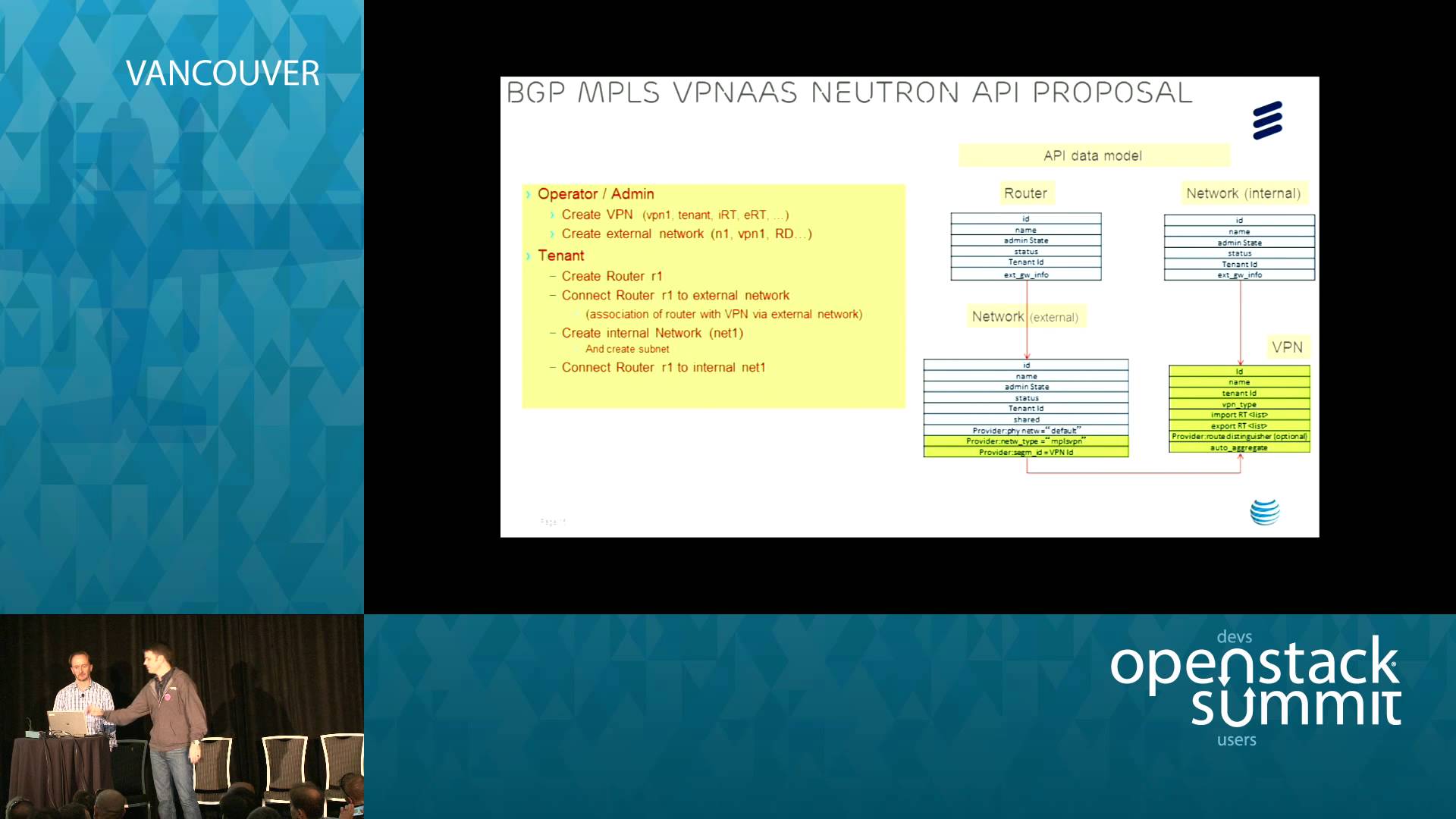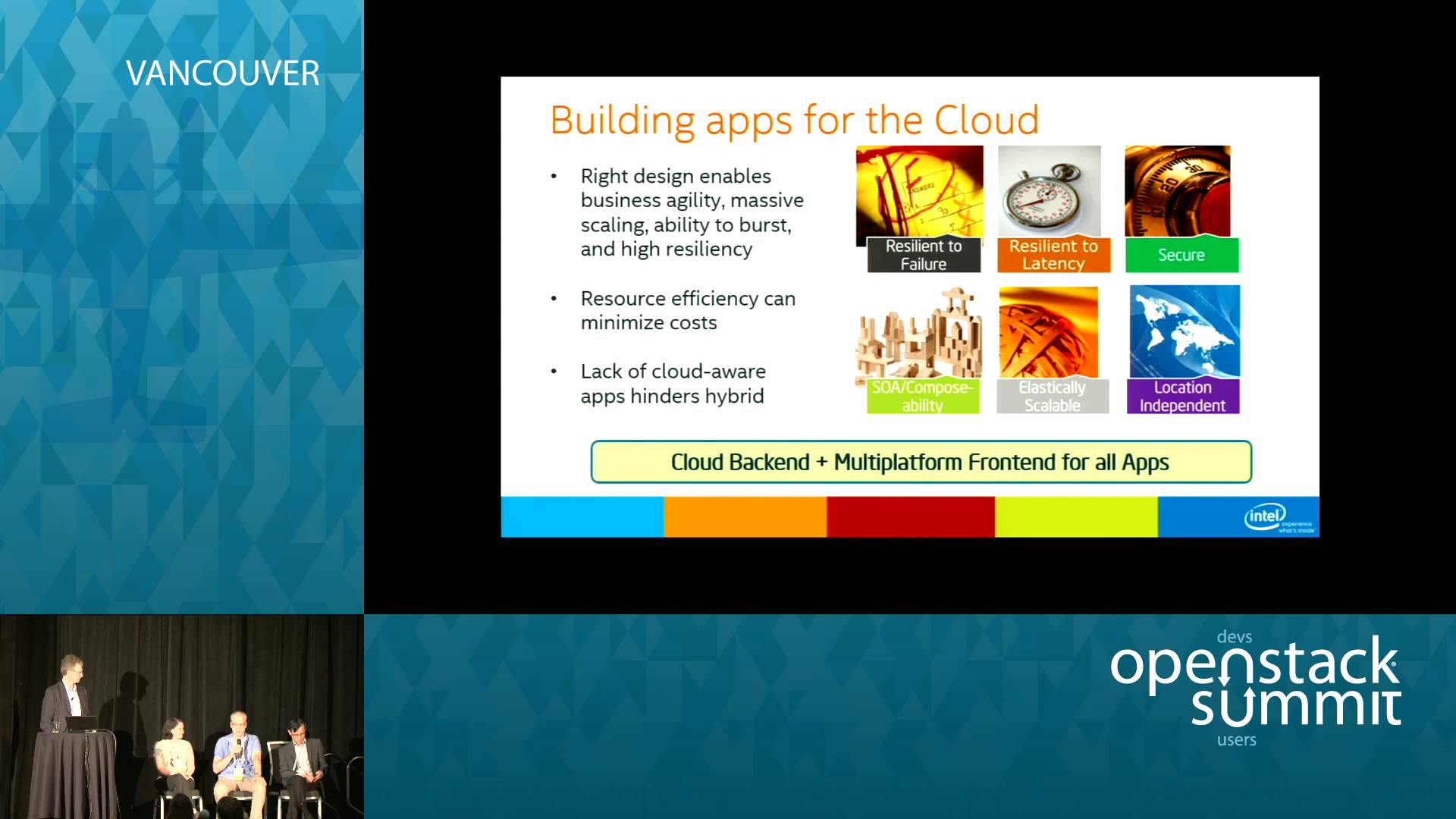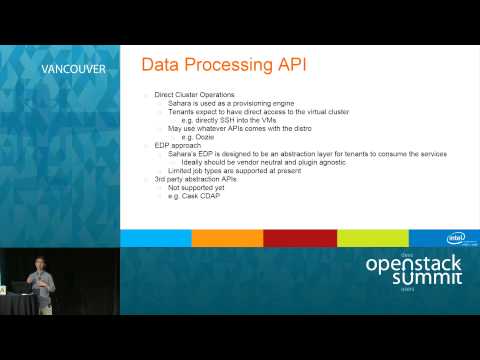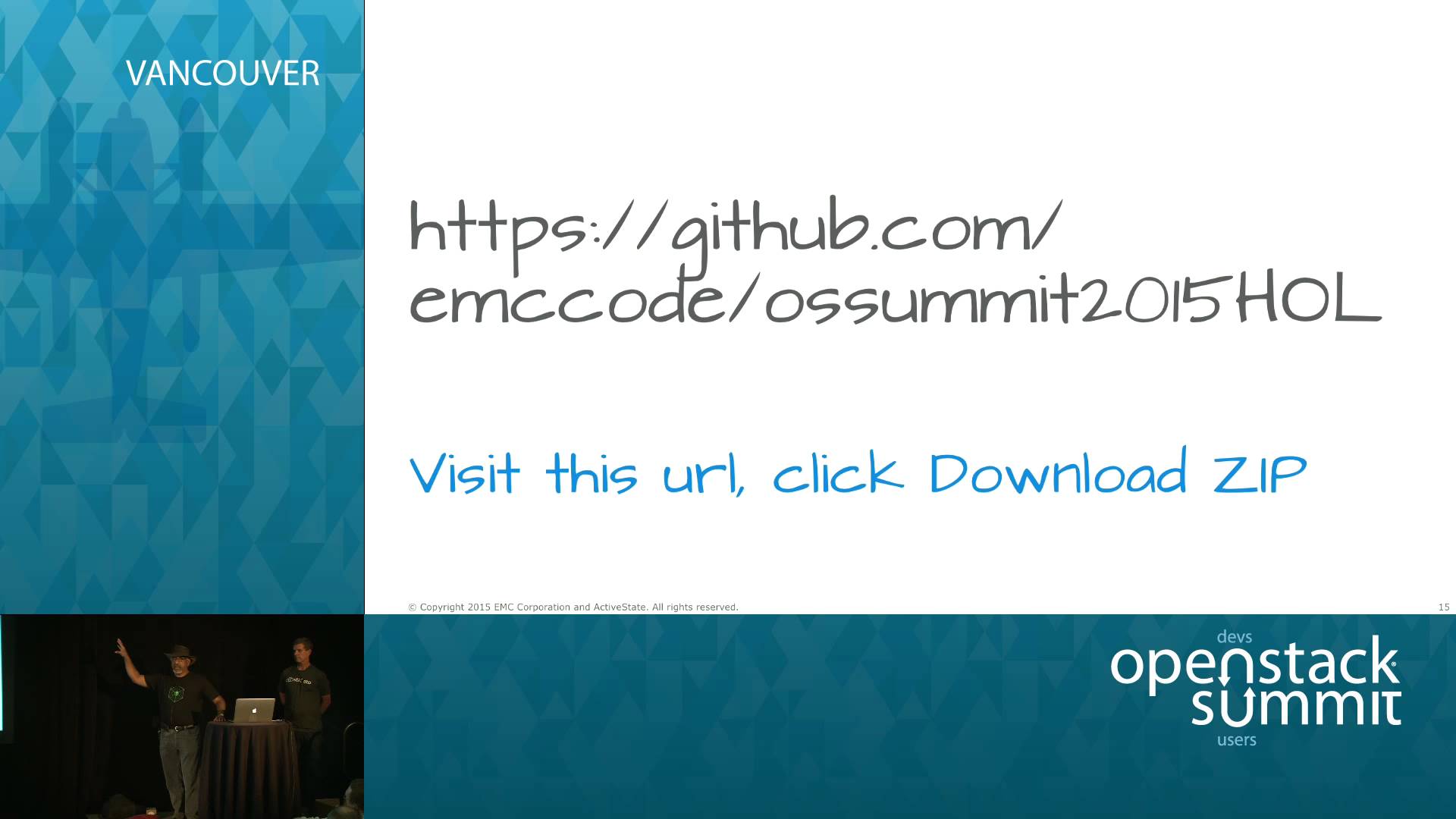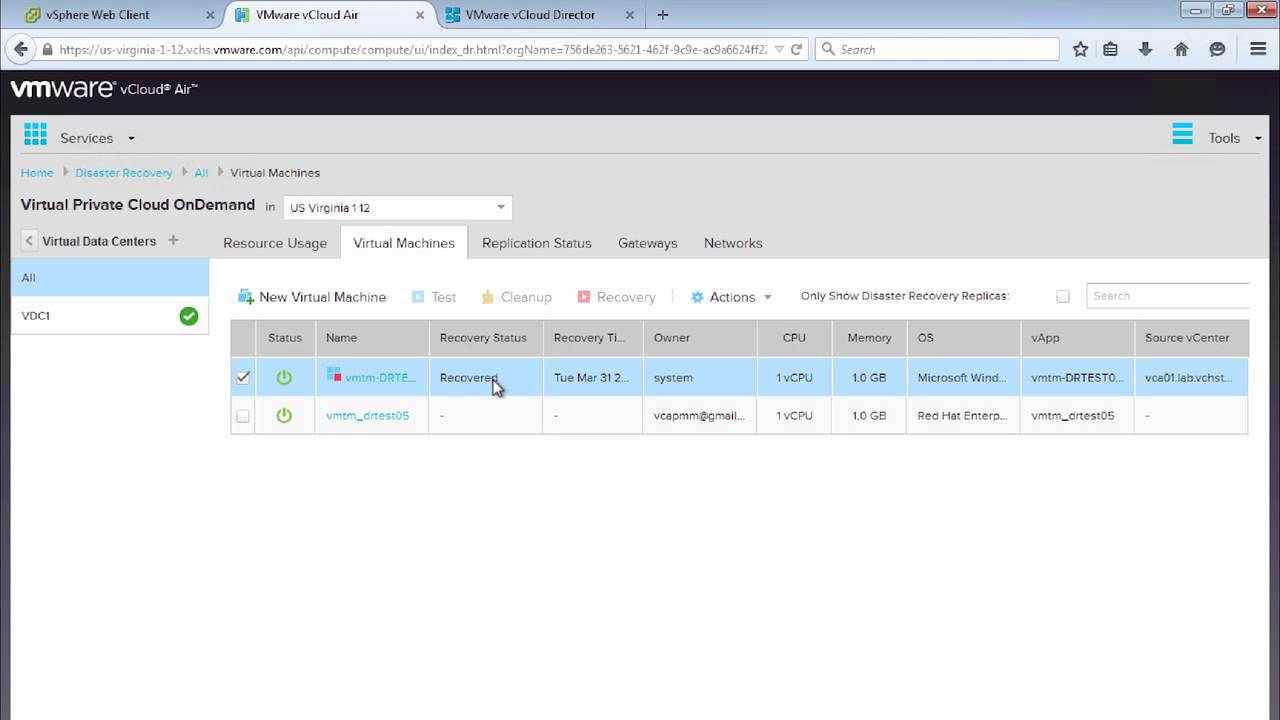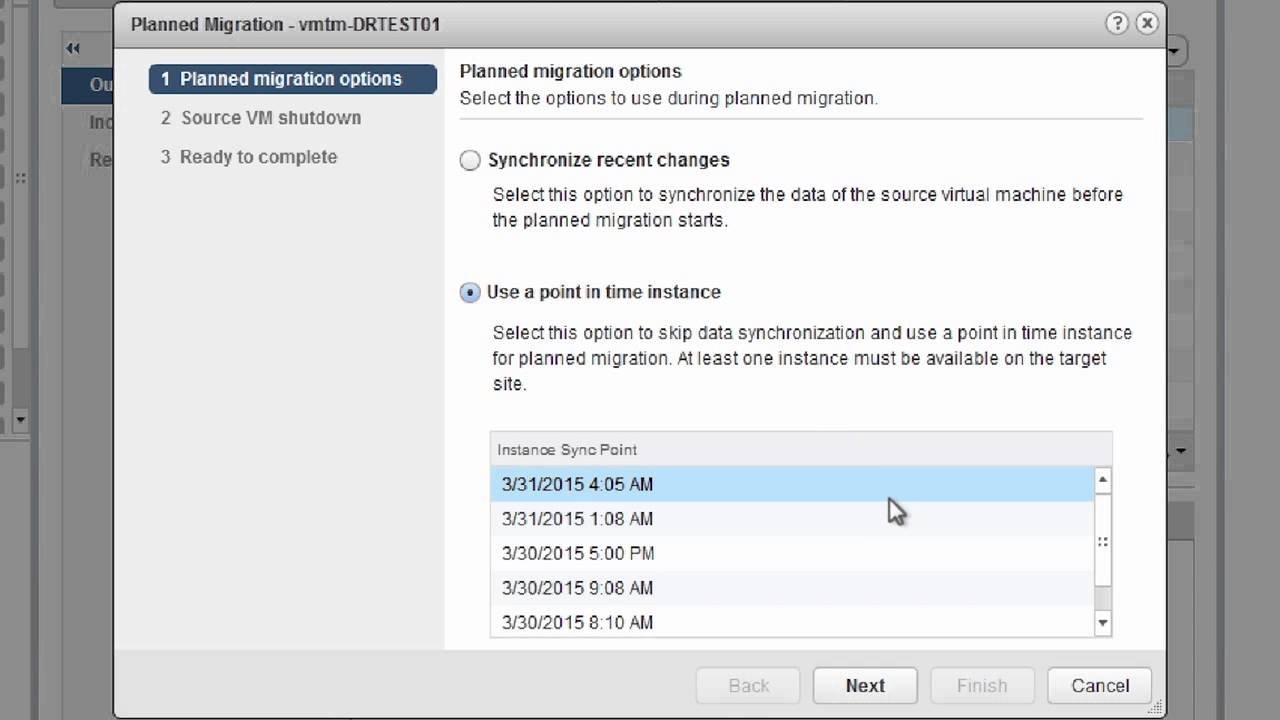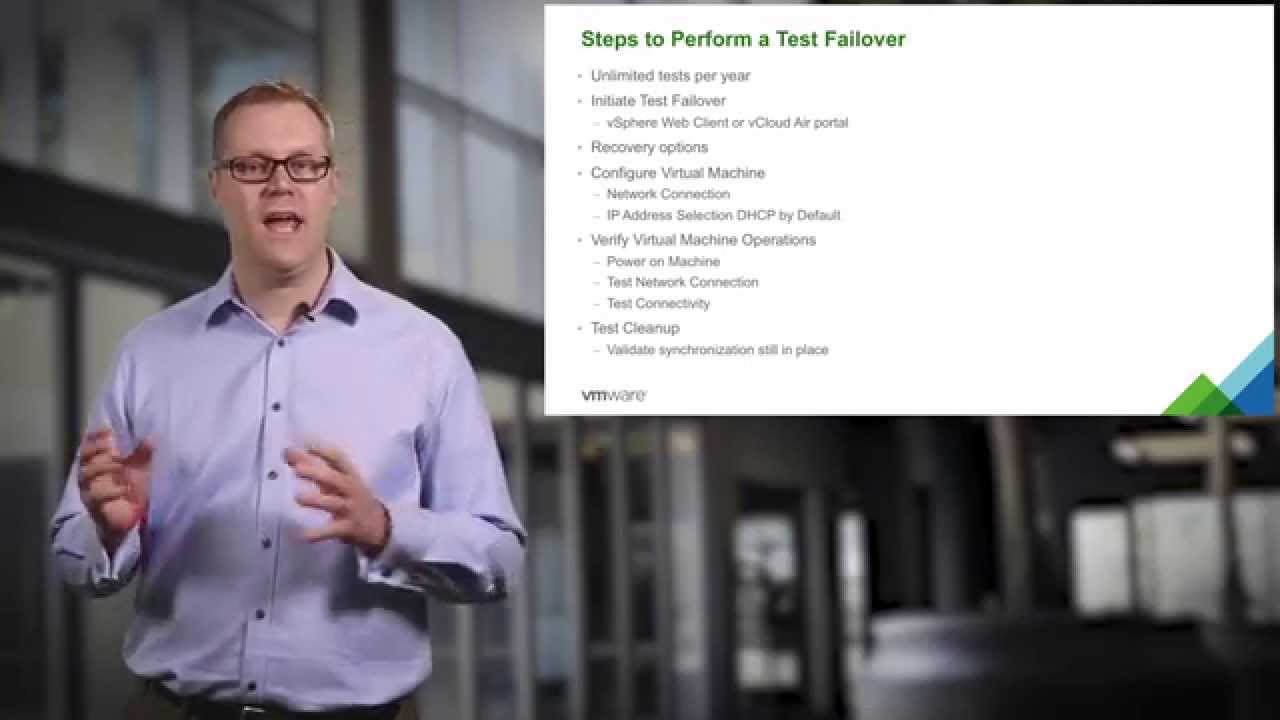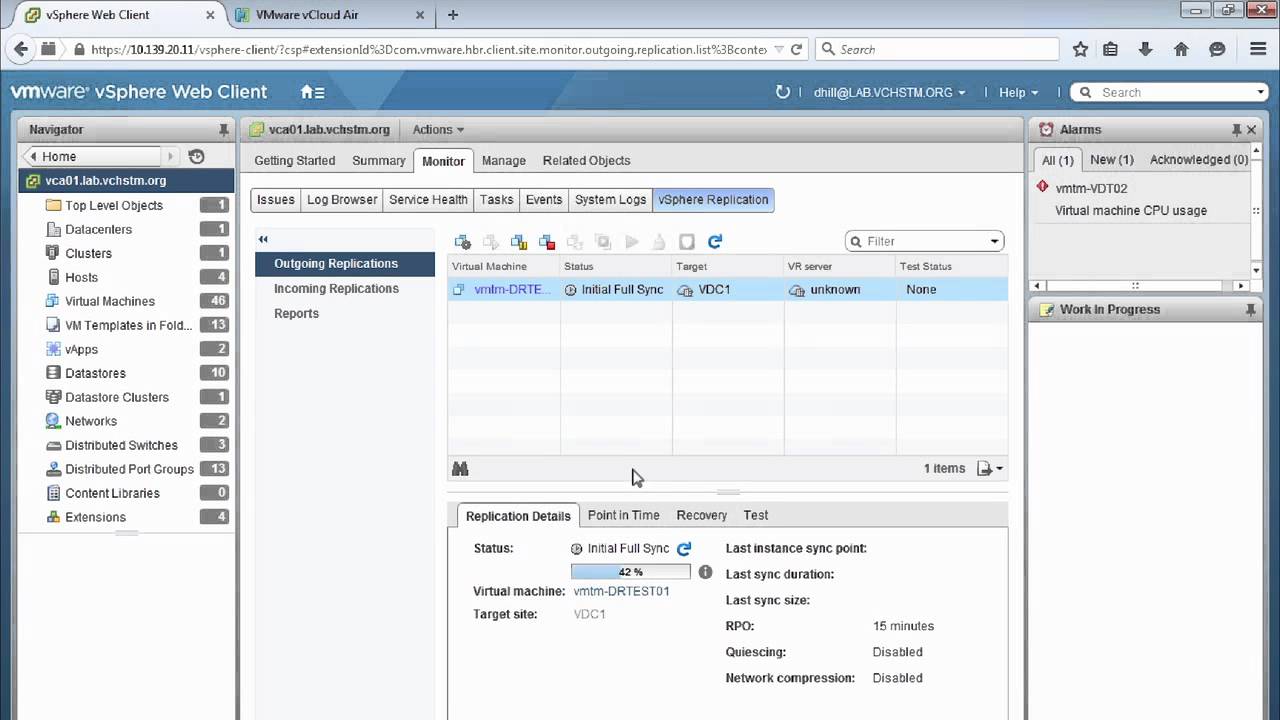Being able to setup a layer-3 VPN is one of the important capabilities desired by the Telco Operators that is not addressed by OpenStack today. This TechTalk proposes to evolve OpenStack Neutron to set up a layer-3 VPN to provide overlay in data centers by directing an ODL (OpenDayLight) based SDN-C (Software Defined Network Controller).… Continue reading Addressing a Telco’s Layer 3 needs with OpenStack Neutron and ODL integration
Author: Videos
Enterprise Strategies for Cloud-Aware Apps
Enterprise IT needs more applications designed for cloud in order to take advantage of private cloud implementations and more efficiently use public cloud solutions. Leveraging the unique benefits of the cloud requires a specialized approach to application architecture. The right design enables business agility, massive scaling, ability to burst, and high resiliency. Plus, it promotes… Continue reading Enterprise Strategies for Cloud-Aware Apps
Benchmarking Sahara-based Big Data as a Service solutions
Sahara provides a way to build Big Data as a Service on OpenStack, but there are many options and considerations. This presentation introduces our work on benchmarking various solutions, including VM vs. container vs bare-metal, HDFS vs. Swift, and a few others. This was conducted on latest Intel hardware platforms and will provide insights into… Continue reading Benchmarking Sahara-based Big Data as a Service solutions
Cloud Foundry on OpenStack Hands-on: It’s what on the Stack that matters!
The goal for both OpenStack and Cloud Foundry foundations is to build open source software and communities. The software is intended for public, private and managed clouds. Cloud Foundry is intended for a variety of IaaS including OpenStack. This Hands-on session will cover the basics of Cloud Foundry. We will discuss the motivation for a… Continue reading Cloud Foundry on OpenStack Hands-on: It’s what on the Stack that matters!
vCloud Air Disaster Recovery Tutorial 6: Failing Back to vSphere On-Premises
This is the sixth of seven tutorials designed to help you get started with vCloud Air Disaster Recovery. This tutorial covers failing back from the cloud to your vSphere on premises environment in the case of a planned or unplanned disruption. You will start the failover process, check network connections and IP addresses, reconfigure the… Continue reading vCloud Air Disaster Recovery Tutorial 6: Failing Back to vSphere On-Premises
vCloud Air Disaster Recovery Tutorial 5: Performing a Planned Failover
This is the fifth of seven tutorials designed to help you get started with vCloud Air Disaster Recovery. This tutorial covers how to perform a planned failover, including how to move the virtual machine permanently to the Disaster Recovery site, initiate synchronization, start failover process, check network connection and IP address selection, power on the… Continue reading vCloud Air Disaster Recovery Tutorial 5: Performing a Planned Failover
vCloud Air Disaster Recovery Tutorial 4: Performing a Test Failover
This is the fourth of seven tutorials designed to help you get started with vCloud Air Disaster Recovery. This tutorial covers how to perform a test failover of a virtual machine that has been configured for replication, including how to initiate a test failover, configure recovery options, verify virtual machine connections and IP Addresses, power… Continue reading vCloud Air Disaster Recovery Tutorial 4: Performing a Test Failover
vCloud Air Disaster Recovery Tutorial 3: Configuring a Virtual Machine Replication
This is the third of seven tutorials designed to help you get started with vCloud Air Disaster Recovery. This tutorial covers how to configure virtual machine replication so you can send data to the cloud, including selecting your target site, location, replication options, recovery options, and initial sync process.
